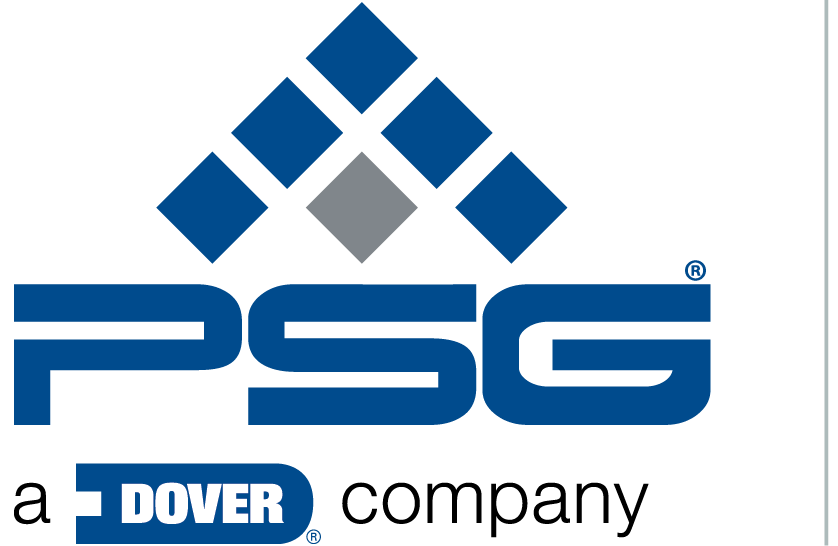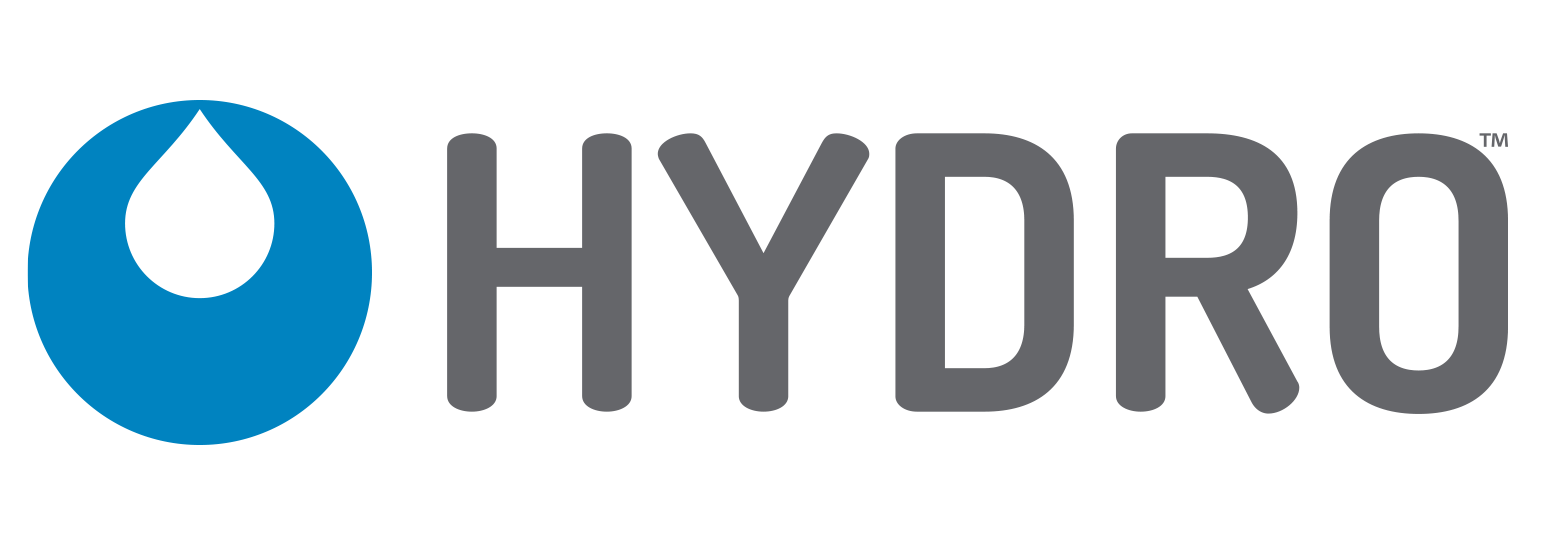Sorting Out the Right Chemical Dispenser

By John Goetz, global product manager, Hydro Systems
From piles of dirty hotel sheets to stained restaurant table linens, commercial laundries face numerous challenges around maintaining results and keeping costs in line. According to the Textile Rental Service Association (TRSA), the U.S. commercial textile service industry processes around 15 billion pounds of laundry annually, and about half belongs to hospitality businesses. [1] Cleaning textiles and removing tough stains requires the use of specialty chemicals. Depending on the type and size of the laundry, these chemicals can represent 17 to 48 percent of annual operating costs, according to a study done by Kline & Company Inc.[2] Along with adequately training employees and properly maintaining equipment, controlling chemical delivery is a top priority.
Without a proper system in place, it’s easy to dispense chemicals incorrectly. This can result in poor outcomes, higher costs and reduced productivity. To combat these challenges and meet guest expectations, laundries of all sizes must utilize advanced technology, like chemical dispensing systems. By ensuring repeatable chemical dosing and simplifying the washing process, dispensers can transform the way laundries care for and maintain quality linen.
Laundry Challenges
To maintain a crisp, fresh look, commercial sites with On-Premise Laundry (OPL), such as hotels, often use bright white linen. However, this linen is easily stained by make-up, coffee, dirt and more. When a first wash doesn’t fully remove a stain, facilities must rewash linen and use stronger, often more expensive, chemicals. This increases labor, water and utility costs, and chemical usage, while shortening the life of linen. All of this adds up to higher costs. For example, abnormal rewash rates (e.g. 3 percent for sheets) can significantly impact a laundry’s yearly chemical spend, which can already surpass $125,000, according to the study by Kline & Company Inc.
Leaving manual chemical dosing up to employees opens the chute to potential safety hazards, improperly measured chemical or poor cleaning results. Each of these items directly impacts the laundry’s bottom line and the environment. Laundry facilities typically employ a diverse workforce and can experience high turnover, which complicates training. For all of these reasons, straightforward, automated chemical dosing solutions are necessary.
Another challenge laundry facilities face is the overuse of water, energy and gas. Without a proper chemical dispensing system in place, the impact to these other cost drivers can be significant. Most facilities have the potential to conserve and recycle more resources but don’t have the proper equipment installed to help manage and reduce use.
Finding the Appropriate Dispenser
The variety and volume of linen being washed, which is driven by the type of facility, will affect chemical dispenser selection. Multi-wash and tunnel systems are ideal for larger commercial industrial laundries or linen supply companies, whereas simpler systems work better for smaller businesses.
For example, a small OPL at a bed and breakfast inn may be satisfied with a simple push-button system that dispenses one detergent product to a single top-load, home-style washer. Medium to large OPLs at larger hotels and hospitals wash a variety of linens including sheets, towels, patient gowns, dining linens and rags. Therefore, they require systems that can deliver up to eight different types of chemicals. In these environments, a peristaltic pump or roller pump is typically used for its ability to handle a variety of fluids, affordability and flexibility.
Although peristaltic pumps have many advantages, natural deterioration over time by continued chemical contact does wear pump tubes down. If not maintained properly, this can result in less chemical delivery that can impact wash cycles. Since pump tubes can lose thickness and elasticity over time, maintenance personnel should replace them and recalibrate every three to six months to maintain optimal results.
By contrast, industrial laundries or linen supply houses may process millions of pounds of laundry every year, requiring up to 100 chemical formulations. Thus, these sites need larger, central dosing systems that are built to cut costs, drive informed decision-making and ensure reliability.
Laundry managers in this environment should look for numerous qualities in a chemical dispensing system, including:
- Advanced, wireless reporting capabilities. Some dispensing systems offer remote access so that managers can make changes without being on site. System software and mobile connectivity provides laundry and chemical personnel with a view into critical laundry key performance indicators, like water usage, production by formula and alarms that impact uptime. Such data allows facility managers to proactively take action on issues ranging from inadequate water pressure to staff training opportunities. The result is more efficient operations and reduced downtime.
- Reliable, durable and accurate diaphragm pumps. High-quality pumps not only keep systems in working order for longer but also provide accurate dosing and consistency over the life of the installation. They do not require the maintenance that traditional peristaltic pumps do.
- Separate channel configurations. As the number of washers and production of linen increases, it’s important for a system to feature multiple channel configurations. This enables the system to efficiently dose all products without long queues and prevents costly delays that can arise if the system is undersized.
- Small, compact design and wall-mount option. Even large or industrial-size laundries will benefit from a compact dispenser since they reduce the overall footprint and make installation quick and simple. It’s easy to locate potential issues and conduct regular maintenance with a single cabinet design.
- Environmentally friendly benefits. According to the Kline & Company research, around 60 percent of lodging establishments already have a green laundry program in place. Plus, 95 percent of commercial laundries look for green products and services to appeal to customers. Laundries should ensure that a chemical dispensing system helps save resources like water and energy by reducing rewash rates and measuring water and chemical consumed in the dosing process.
A Successful Spin Cycle
It’s impossible for any business to prevent linen stains. However, by selecting the right chemical dispensing solution it is feasible to remove stains on the first attempt. In turn, this lengthens the life of linen and lowers costs. With the help of chemical dispensing systems, laundries big and small can expect clean linen and a more productive laundry process with each and every spin cycle.
John Goetz is a global product manager with Hydro Systems, the world’s largest independent manufacturer of chemical injecting, proportioning, dispensing and medicating equipment. He can be reached at jgoetz@hydrosystemsco.com. For more information, visit www.Hydrosystemsco.com.
[1] https://www.trsa.org/page/mass-production-local-service
[2] Kline & Company Inc., Laundry Chemical Products: U.S. Market Analysis and Opportunities, 2012

Customer Service and Technical Support
Call 1-800-543-7184 Monday-Friday 8am - 5pm EST











